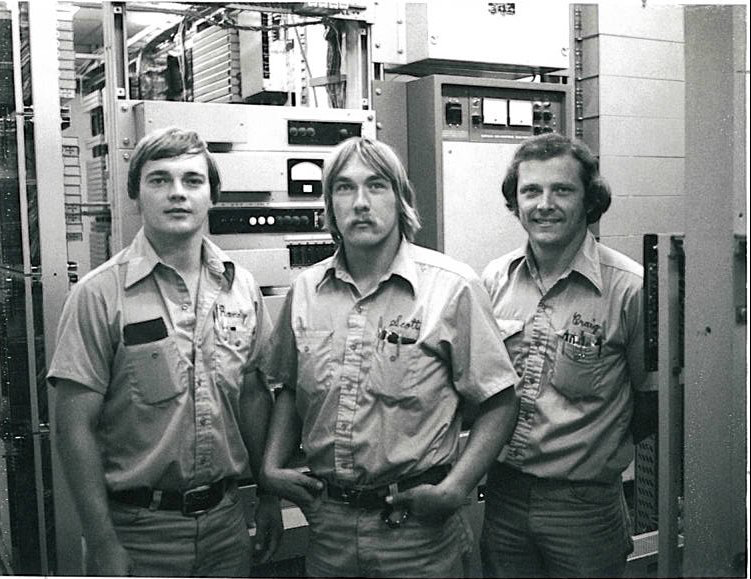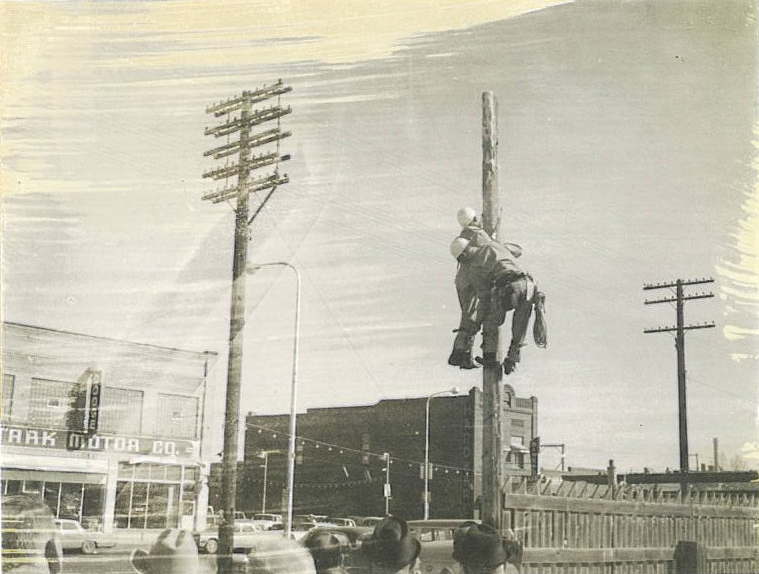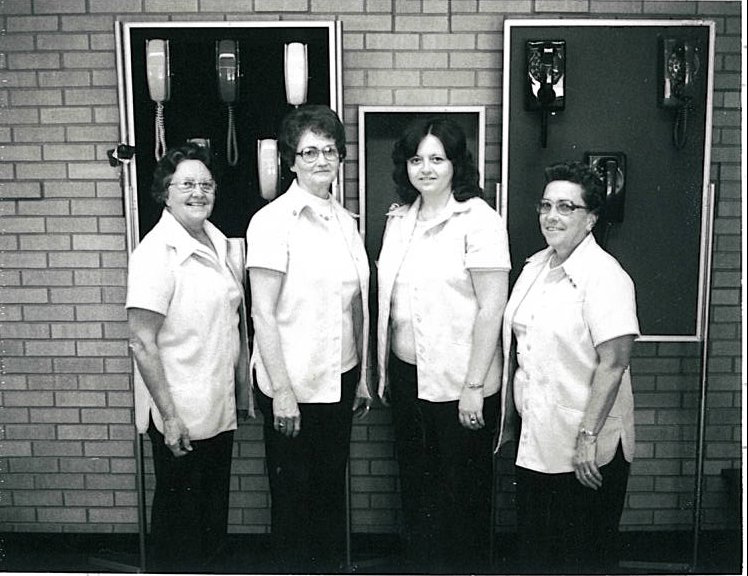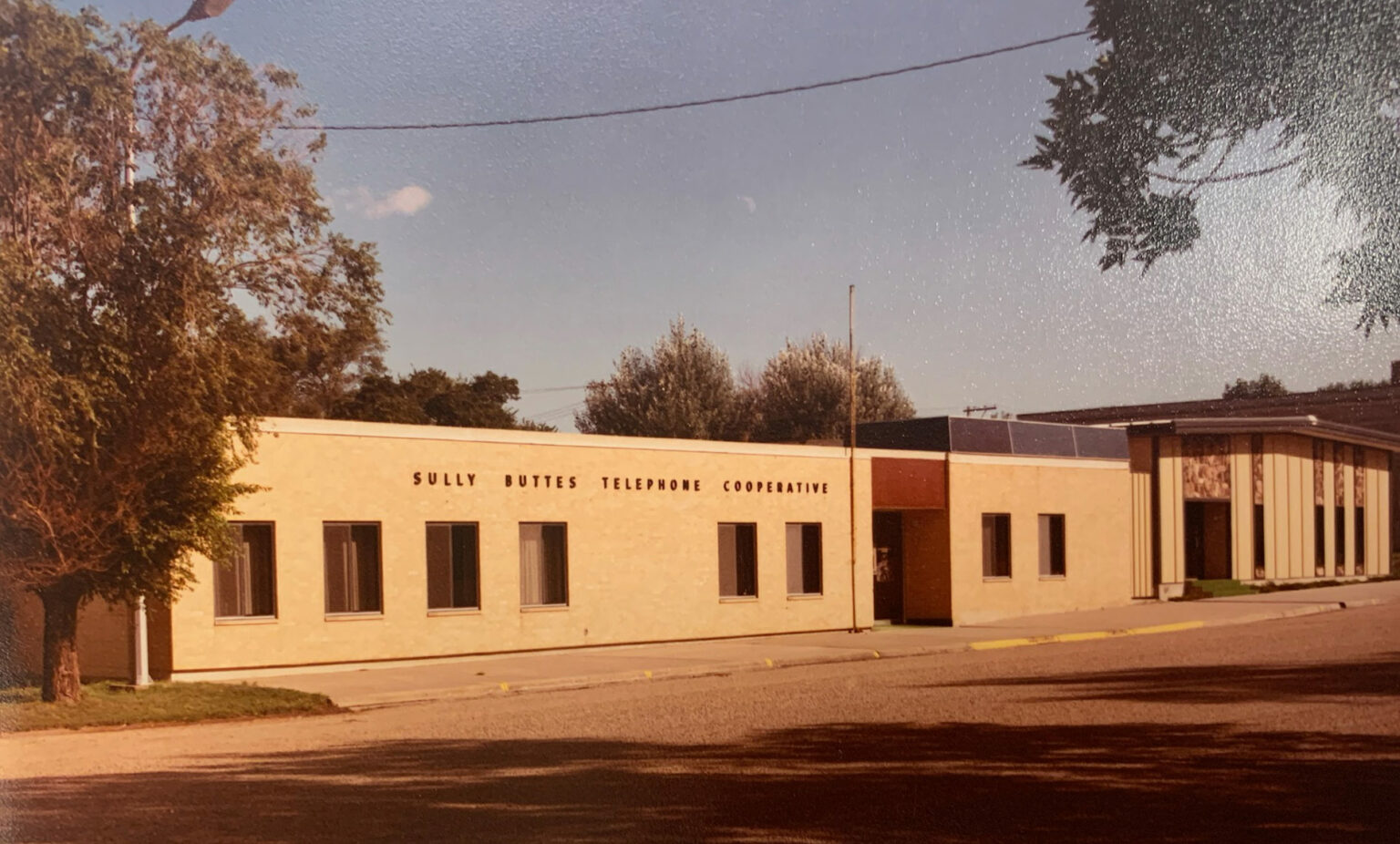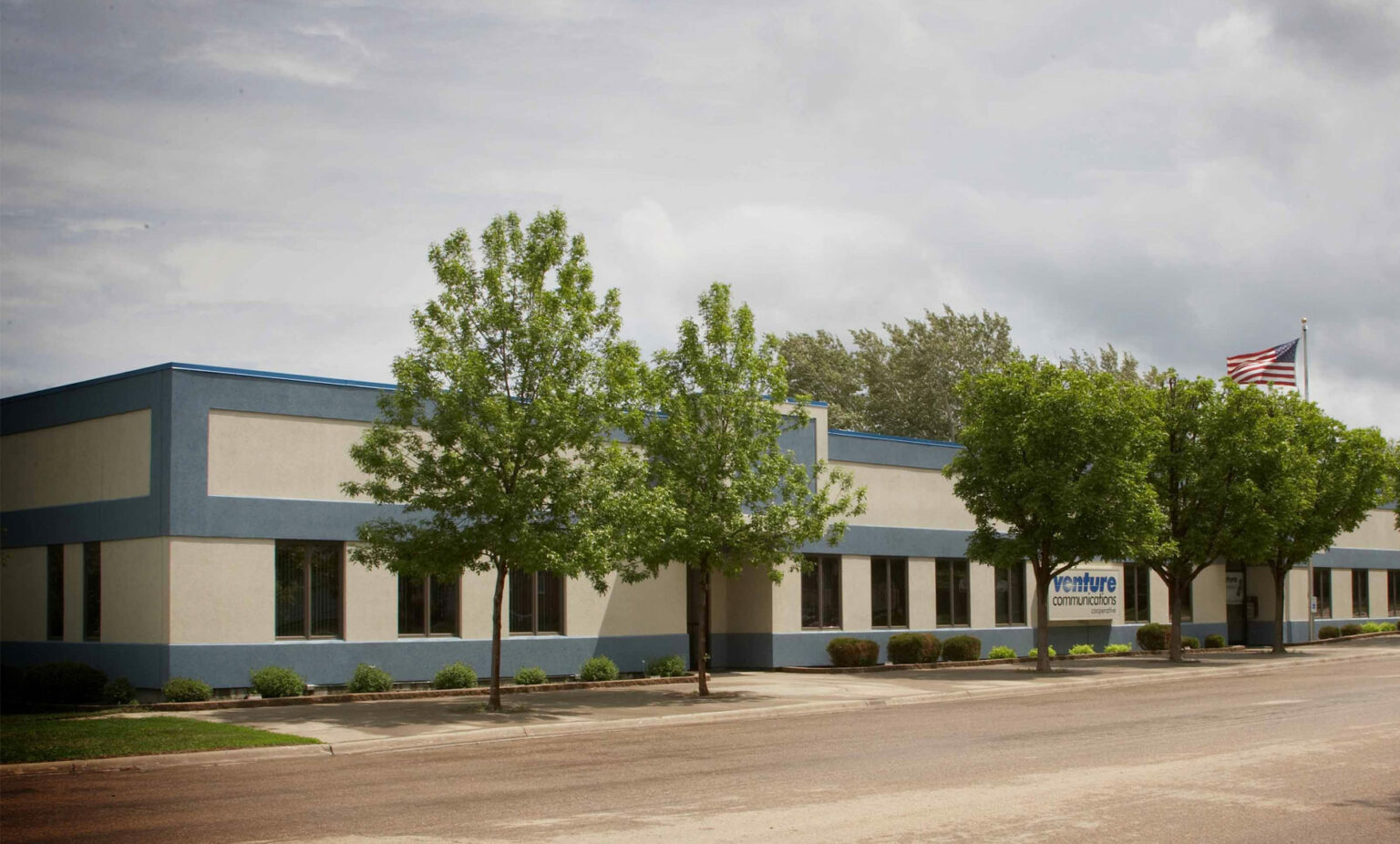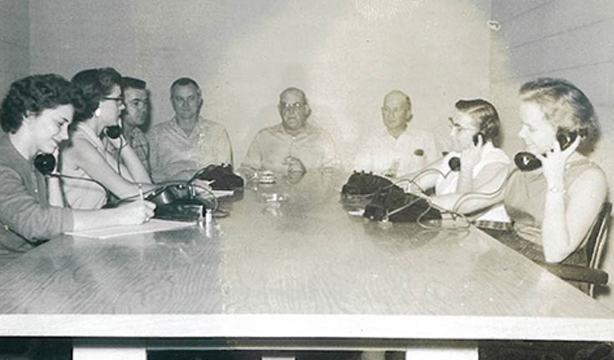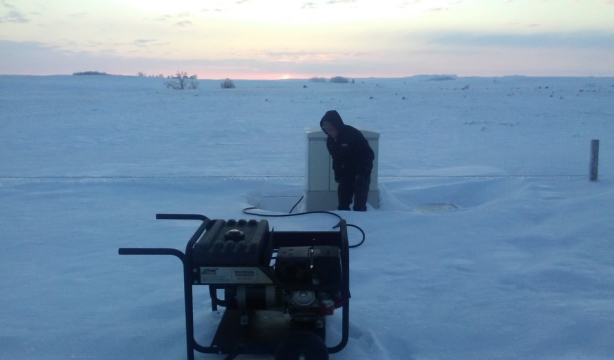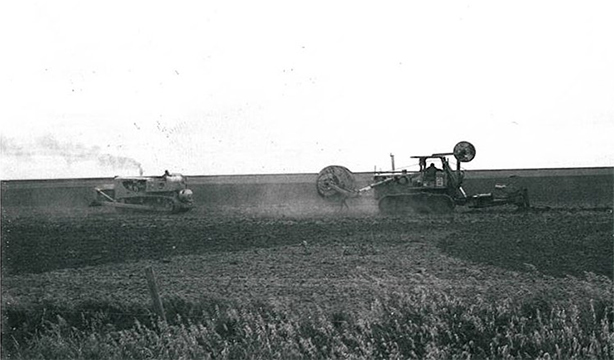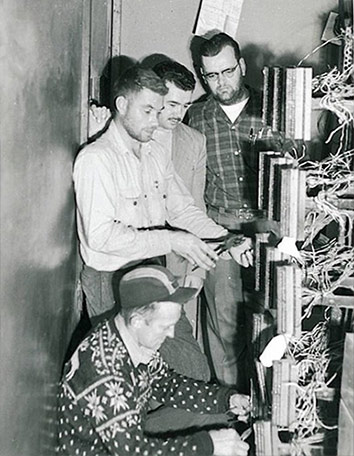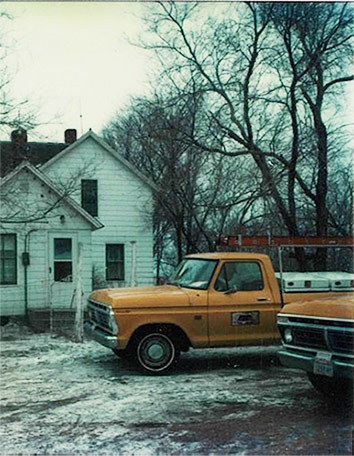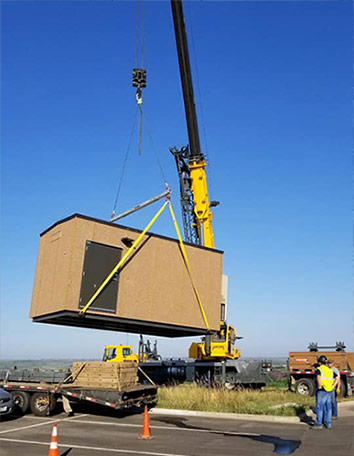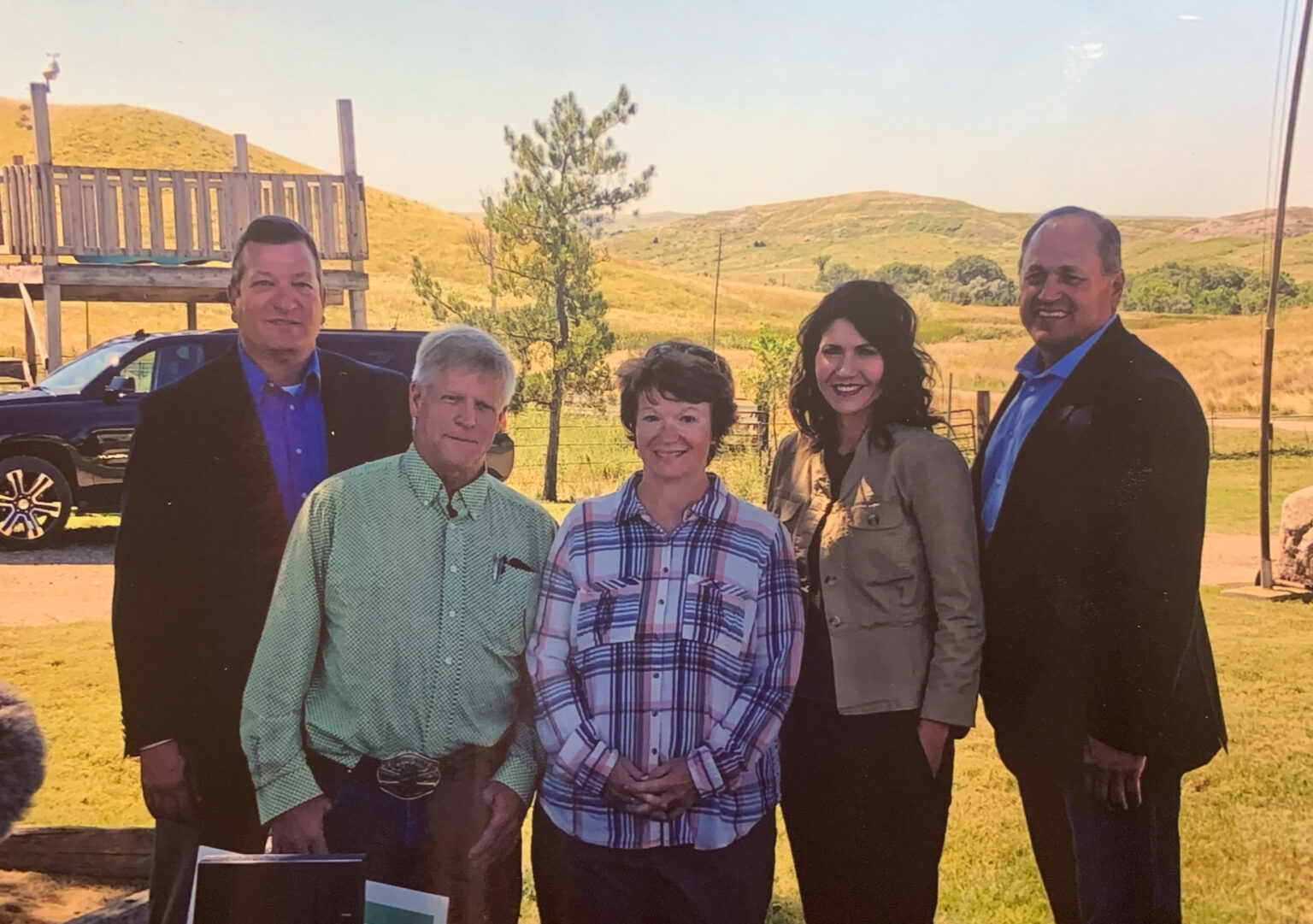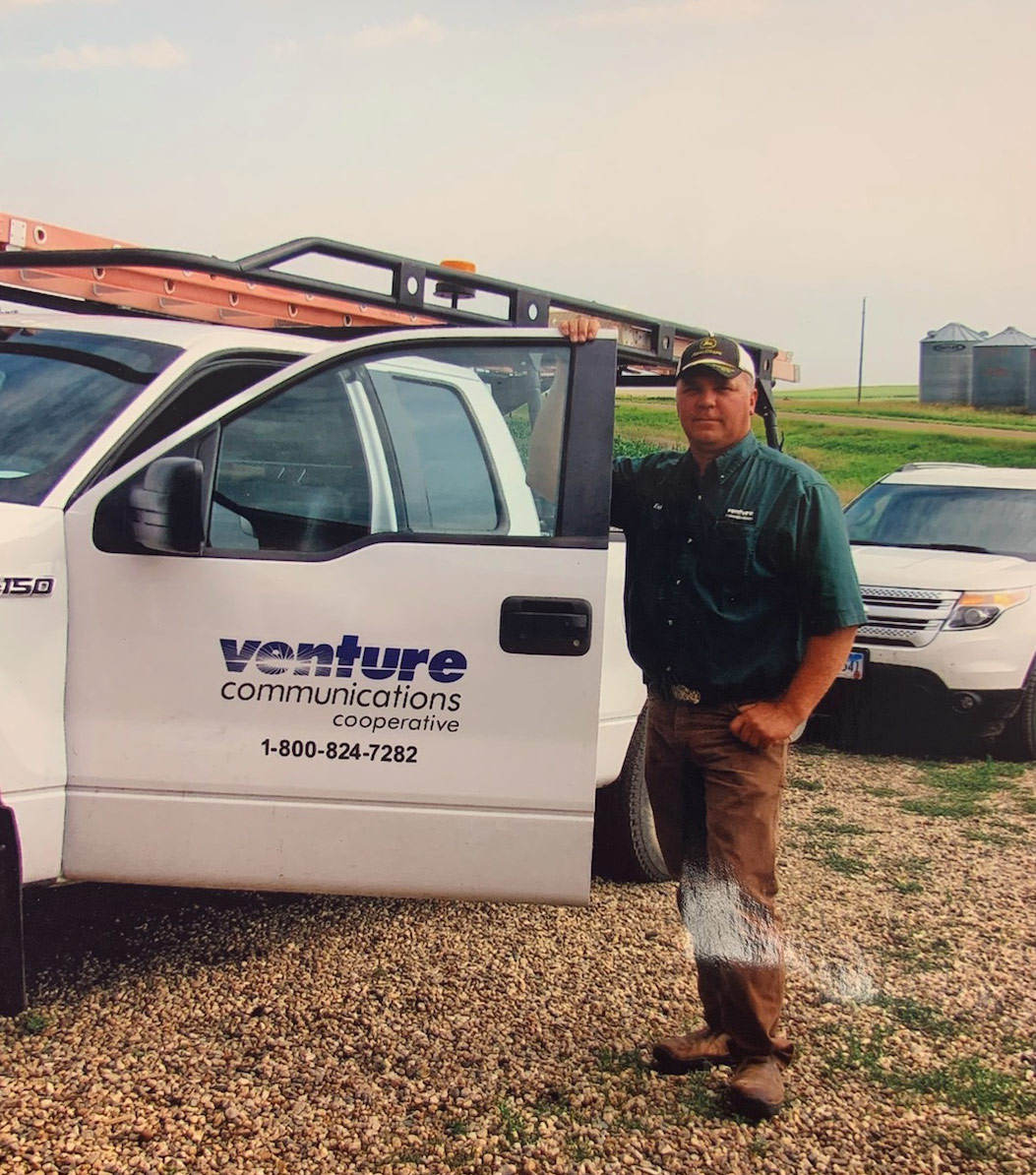The Venture Communications Cooperative has deep roots in rural South Dakota. What started as an effort to get basic telephone service to farms and ranches in central and northeast South Dakota, has grown into an evolving company offering internet, digital cable TV, home phone, and mobile phone services.
In 1952, when the company was founded, other telephone companies couldn’t get phone lines to many of the areas we serve today. So rural residents and business owners took action, forming a committee that spurred the organization of a cooperative.
Today, the Venture Communications team continues to bring innovative solutions — including a fiber network — to underserved communities.

